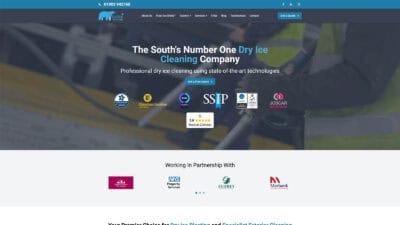Accessible Website Design
Benefits of accessible design.
Accessible design is about creating websites that work for everyone. By implementing best practices like clear navigation, high contrast, and compatibility with assistive technology, we ensure that all users, including those with visual, auditory, cognitive, or motor impairments, can interact with your website. Accessible websites are often faster, easier to navigate, and rank better in search engines, as search algorithms increasingly reward sites that prioritise user experience.
Compliance & inclusivity
Accessible web design is not only a socially responsible choice; it’s also legally important. We follow WCAG standards to ensure your site meets or exceeds accessibility guidelines, reducing the risk of legal issues and demonstrating your brand’s commitment to inclusivity. Beyond compliance, accessible design broadens your audience by catering to the over one billion people globally living with disabilities, creating a positive brand image and fostering loyalty among a diverse customer base.
I am thrilled with the outstanding results delivered by e-innovate. Their expertise and dedication have significantly boosted our online presence, driving more traffic and increasing our conversion rates. The team’s strategic approach to SEO, combined with their excellent communication and regular updates, has been invaluable. They took the time to understand our business goals and tailored their strategies to meet our needs. I highly recommend them to anyone looking to enhance their digital marketing efforts. Their professionalism and results speak for themselves!
